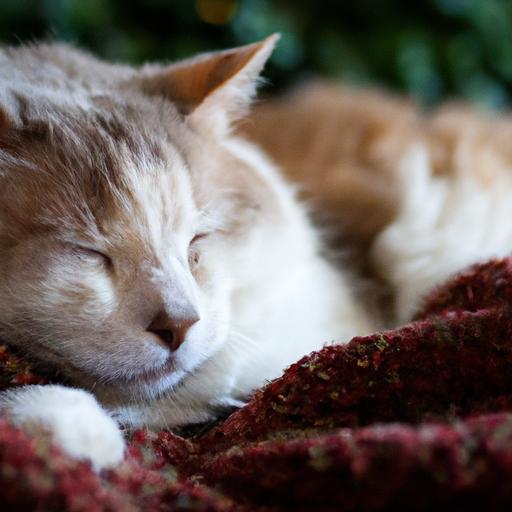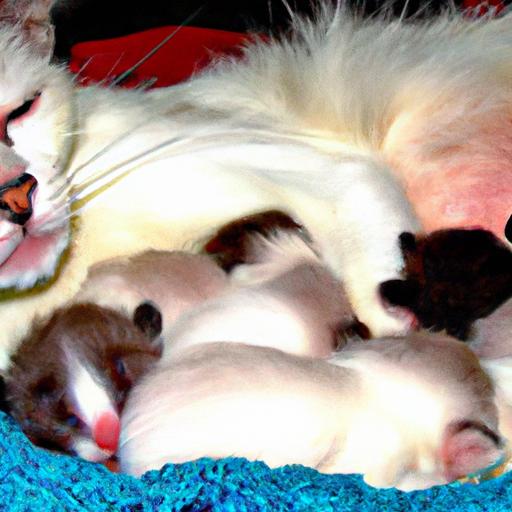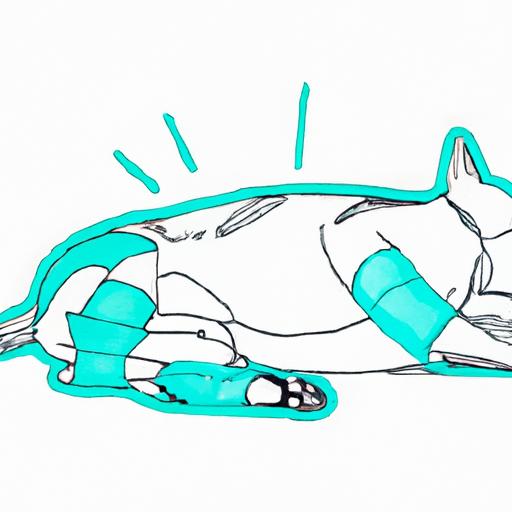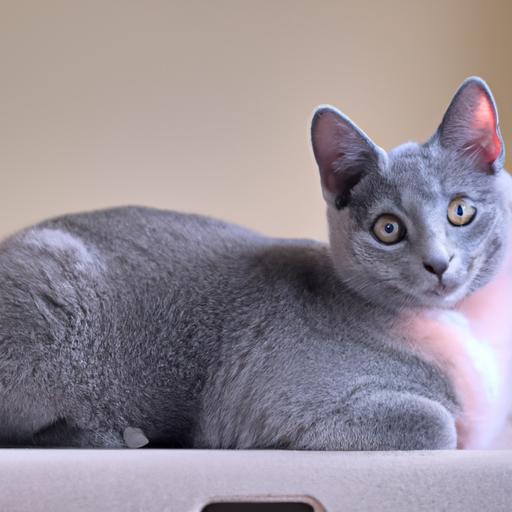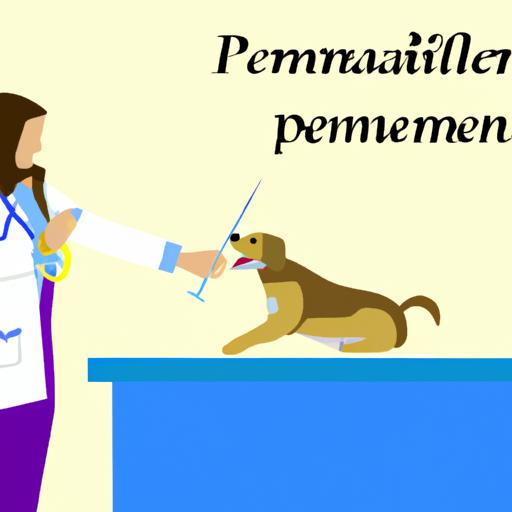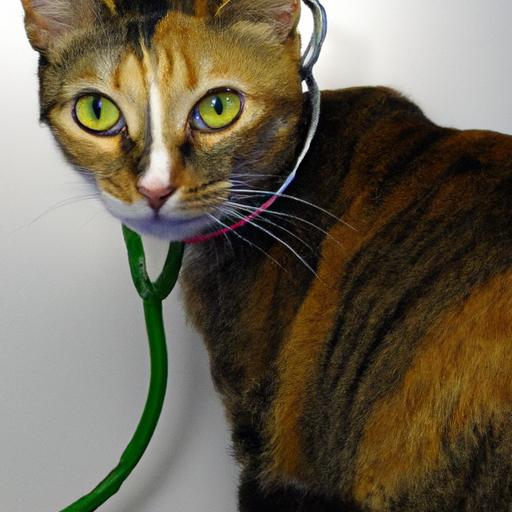
Recognizing Signs of Feline Hyperaldosteronism
Learn how to recognize signs of feline hyperaldosteronism early on. Discover the physical and behavioral indicators to ensure timely care for your cat.
Introduction to Feline Hyperaldosteronism
Feline hyperaldosteronism is a condition characterized by excessive production of aldosterone, a hormone responsible for regulating electrolyte balance in cats. This article aims to provide a comprehensive understanding of the signs and symptoms associated with feline hyperaldosteronism, enabling cat owners to recognize the condition early on and seek appropriate veterinary care.
Hyperaldosteronism can have serious implications for a cat’s health if left untreated. Therefore, it is crucial to familiarize ourselves with the signs, causes, and risk factors associated with this condition.

Recognizing Signs of Feline Hyperaldosteronism
Recognizing the signs of feline hyperaldosteronism is essential for ensuring timely diagnosis and treatment. By being vigilant and observant, cat owners can identify potential indicators of the condition. Here are some key signs to watch out for:
Physical Manifestations
One of the primary physical signs of feline hyperaldosteronism is the presence of hypertension or high blood pressure. Cats affected by this condition may display symptoms such as:
- Frequent urination
- Increased thirst
- Fluid retention and swelling (particularly in the abdomen)
- Muscle weakness or fatigue
- Poor coat quality
These physical manifestations may vary in severity, and it is important to consult a veterinarian if you notice any unusual changes in your cat’s appearance or behavior.
Behavioral Changes and Unusual Habits
Apart from physical symptoms, feline hyperaldosteronism can also lead to behavioral changes and unusual habits in affected cats. Some common behavioral signs include:
- Lethargy or decreased activity levels
- Decreased appetite or weight loss
- Restlessness or irritability
- Changes in litter box habits
These behavioral alterations may indicate an underlying health issue, and it is crucial to address them promptly to ensure your cat’s well-being.
Diagnostic Tests and Confirmation
If you suspect that your cat may be suffering from hyperaldosteronism, it is essential to consult a veterinarian for proper diagnosis. The veterinarian will perform a thorough physical examination and recommend diagnostic tests to confirm the presence of feline hyperaldosteronism. These tests may include:
- Blood pressure measurement
- Blood and urine tests to assess electrolyte imbalances
- Imaging techniques like ultrasounds or radiographs to detect adrenal gland abnormalities
By conducting these tests, the veterinarian can accurately diagnose hyperaldosteronism and develop an appropriate treatment plan for your cat.
Frequently Asked Questions about Feline Hyperaldosteronism
What are the possible complications if left untreated?
If feline hyperaldosteronism goes untreated, it can lead to severe complications such as heart disease, kidney damage, and electrolyte imbalances. These complications can significantly impact your cat’s overall health and quality of life.
Can feline hyperaldosteronism be prevented?
Unfortunately, there are no known preventive measures for feline hyperaldosteronism. However, early detection and prompt treatment can help manage the condition and prevent further complications.
How is the condition diagnosed by a veterinarian?
Veterinarians diagnose feline hyperaldosteronism through a combination of physical examinations, blood tests, urine tests, and imaging techniques. These diagnostic tools help identify the underlying cause and severity of the condition.
What treatment options are available for affected cats?
The treatment approach for feline hyperaldosteronism depends on the underlying cause and severity of the condition. It may involve medication to regulate blood pressure and electrolyte levels, surgical removal of adrenal tumors, or other targeted therapies. Your veterinarian will determine the most suitable treatment plan for your cat’s specific needs.
Are there any dietary modifications recommended for cats with hyperaldosteronism?
In some cases, dietary modifications may be recommended to manage feline hyperaldosteronism. These modifications can include reducing sodium intake to help control blood pressure and maintaining a balanced diet to support overall health.
Conclusion
Recognizing the signs of feline hyperaldosteronism is crucial for ensuring early detection and prompt treatment. By being aware of the physical manifestations, behavioral changes, and diagnostic procedures associated with this condition, cat owners can take proactive steps to safeguard their feline companions’ well-being.
Regular veterinary check-ups and open communication with your veterinarian play a vital role in monitoring your cat’s health. If you notice any potential signs or symptoms of feline hyperaldosteronism, do not hesitate to seek professional help. Remember, the sooner the condition is recognized and treated, the better the outcome for your beloved feline friend.


